According to the U.S. Bureau of Labor Statistics (BLS), the average cost of auto repairs increased 5% in just one month from July to August – the largest increase on record. Compared to the same period last year, repair bills are 15% higher and show no signs of slowing down. The new cost picture reflects the combined impact of tax policy, fleet structure, engineering manpower, and technological complexity of new cars.
25% tax and depends on imported components
Earlier this year, the US imposed a 25% tariff on imported auto parts. While automakers have tried to absorb some of the costs to keep new car prices stable, service shops have no such room. Most replacement parts still come from outside the US, so consumers are directly responsible for the tax difference when replacing sensors, modules or electronic control units.
“Tariffs are part of it, but we’re also seeing aging vehicles, a shortage of skilled technicians, and increasingly complex vehicles to repair,” said Skyler Chadwick, director of product consulting at Cox Automotive.
Aging fleet, increasing overhaul costs
The average age of cars on the road in the U.S. is 12.8 years, up from 12.6 years last year. As vehicles age, the list of expensive overhaul items—like transmission, suspension, or engine overhauls—gets larger, pushing up overall maintenance costs.
Lack of technicians, wages take up the majority of the bill
Labor now accounts for about 60% of total repair costs. A shortage of technicians—a problem Ford CEO Jim Farley has repeatedly mentioned—has caused industry wages to rise about 7% in the past year, according to the U.S. Department of Labor. Rising labor costs, combined with longer repair times, have led to a rapid increase in customers’ final bills.
ADAS and electrification: more complex, longer repairs
Advanced driver assistance systems (ADAS) and electrification in new vehicles require specialized equipment, precise calibration procedures, and more man-hours. Even minor collisions can require the replacement or calibration of sensors, cameras, and radars, driving up both material and labor costs.
High car prices and high interest rates make users choose to repair instead of change their cars.
According to Edmunds, the average price of a new car in August was about $48,400. Used car prices increased 26% compared to 2019; for cars with less than 3 years of mileage, the increase can be as high as 40%. Combined with high interest rates, 20% of new car buyers have to pay more than $1,000/month and more than 30% of used car buyers pay at least $600/month. In that context, many users choose to extend the life of their car and repair it instead of buying a new car.
“When new cars become too expensive, consumers will invest more time and money to repair their old cars,” said Patrick Anderson, president of Anderson Economic Group. However, with repair bills rising rapidly, the “savings” compared to buying a new car are not as clear as before.
Key figures
| Indicators | Value |
|---|---|
| Monthly repair cost increase (7–8) | +5% |
| Year-on-year increase | +15% |
| Import tax on components | 25% |
| Average age of the fleet in circulation | 12.8 years (from 12.6 years) |
| Proportion of wages in the bill | ≈60% |
| Technician salary increase (1 year) | ≈7% |
| Average New Car Price (Edmunds, 8) | 48,400 USD |
| Used car prices compared to 2019 | +26% (less used cars can get +40%) |
| New car buyers pay >1,000 USD/month | ≈20% |
| Used car buyers pay ≥600 USD/month | >30% |
Prospects
As the import tariffs on parts remain in effect, the fleet continues to age, the workforce is not yet available, and vehicle technology becomes more complex, the pressure on repair costs in the US is likely to continue. Users may need to carefully consider whether to continue major repairs or to replace their vehicles, both of which are more expensive than in the past.
Source: https://baonghean.vn/chi-phi-sua-chua-oto-my-tang-ky-luc-khong-chi-vi-thue-10308190.html








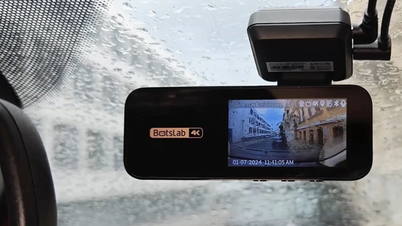




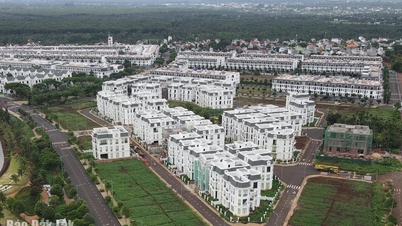





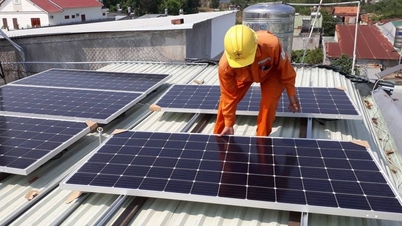






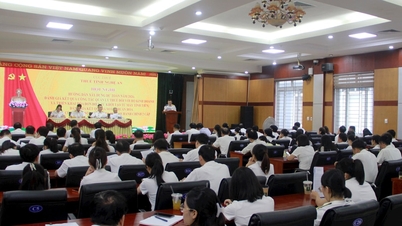



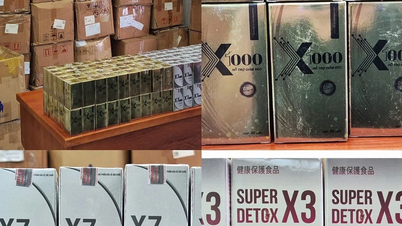













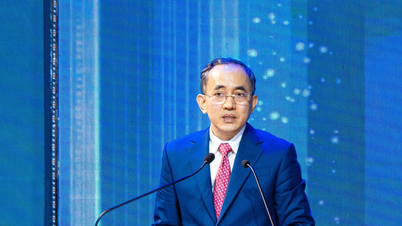






























































Comment (0)